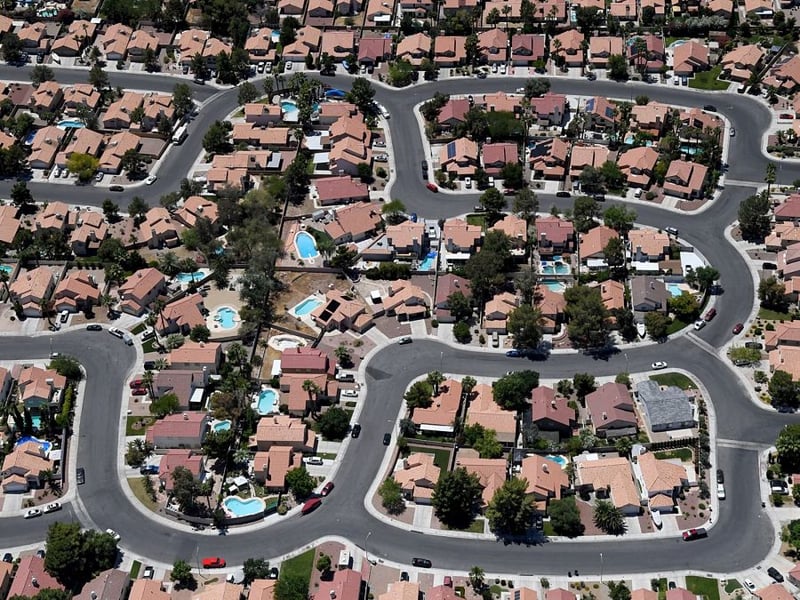

When last year’s property slump reached its nadir, U.S. real estate lost nearly $3 trillion in value. As mortgage rates surged, buyers turned away in their hundreds of thousands, and sellers despaired.
Fast forward a few months and it looks as if property has bounced back — and bounced to a new record value. Buyers with long-term mortgages have realized that moving and getting a new mortgage would be the height of financial folly — and that means that there is a crippling shortage of available stock.
Real estate brokerage Redfin has crunched the numbers and calculates that real estate is now at a new highest-ever value of $47 trillion, eclipsing the previous peak of just over 12 months ago.
Home owners are “staying put because moving would mean taking on a rate that’s twice as high,” Redfin Economics research lead Chen Zhao said in a report released Friday. “This means buyers who are in the market now are duking it out for a very small pool of homes, preventing home values from plunging.”

"QuantumRisk, by design, recognizes that these so-called “impossible” events actually happen, and it accounts for them in a way that advisors can see and plan for," Dr. Ron Piccinini told InvestmentNews.

Advisors who invest time and energy on vital projects for their practice could still be missing growth opportunities – unless they get serious about client-facing activities.

The policy research institution calculates thousands in tax cuts for Washington, Wyoming, and Massachusetts residents on average, with milder reductions for those dwelling in wealth hotspots.

Yieldstreet real estate funds turned out to be far riskier than some clients believed them to be, according to CNBC.

The race to 100 transactions ended a month early this year, with April standing out as the most active month on record for RIA dealmaking.
Orion's Tom Wilson on delivering coordinated, high-touch service in a world where returns alone no longer set you apart.
Barely a decade old, registered index-linked annuities have quickly surged in popularity, thanks to their unique blend of protection and growth potential—an appealing option for investors looking to chart a steadier course through today's choppy market waters, says Myles Lambert, Brighthouse Financial.
